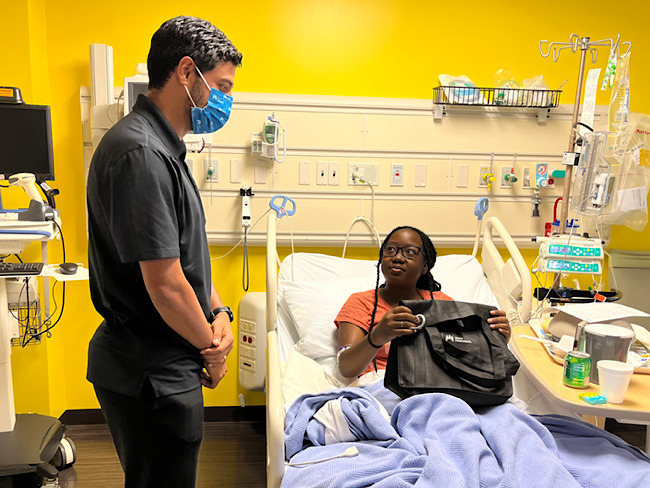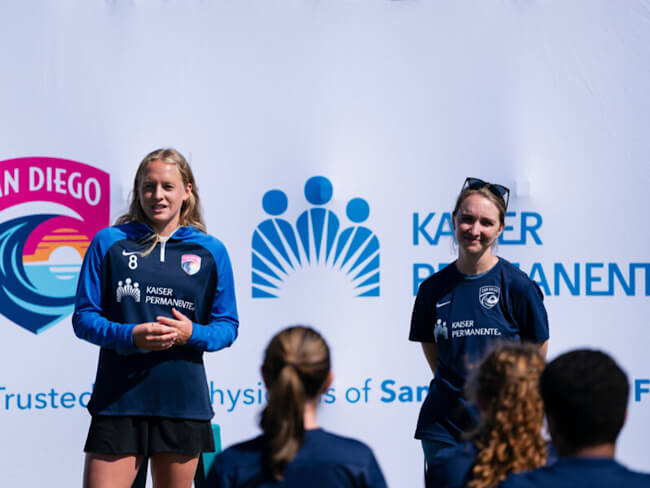Nearsightedness in kids: Taking a closer look
Nearsightedness, also known as myopia, is on the rise. To reverse that trend and protect their vision, kids need plenty of outdoor time.
Too much screen time can cause eyestrain and lead to vision problems.
The number of Americans who are nearsighted has nearly doubled over the past 50 years, with the condition now affecting more than 41% of the population. This is causing concern among physicians and other health professionals.
“We used to think that nearsightedness, or myopia, wasn’t a major concern because it could be corrected with glasses or contact lenses,” said Bobeck Modjtahedi, MD, an ophthalmologist and researcher who is director of myopia prevention and control for Kaiser Permanente in Southern California.
“However, there is an increasing understanding that myopia is associated with uncorrectable vision loss later in life from many different eye conditions including retinal detachments, glaucoma, and myopic macular degeneration.”
Preventing the onset and delaying the progression of nearsightedness has been identified as an important public health issue by the American Academy of Ophthalmology.
“People become myopic because of changes to the shape of the eye,” Dr. Mohjtahedi said. “These changes persist for life and can cause these other problems regardless of wearing corrective lenses.”
What causes nearsightedness?
Nearsightedness, also known as myopia, occurs when the eye grows too long from front to back. This causes the eye to focus light in front of the retina instead of on the retina. As a result, people with nearsightedness have a hard time seeing things that are far away.
Nearsightedness usually begins in childhood between the ages of 6 and 12 and often progresses throughout the teen years, while the eyes are still growing. When nearsightedness becomes severe, the layers of the eye become so thin that they can tear.
While some children inherit nearsightedness from their parents, environmental factors play a more significant role in determining who will become nearsighted. One factor is too little outdoor time. Too much time spent on screens and other activities at short distances such as reading, writing, and homework may also be a cause.
Nearsightedness symptoms in children
It is important to watch for the signs that your child may be developing nearsightedness. Symptoms of nearsightedness include:
- Complaints of blurry vision at a distance
- Squinting or closing one eye to see better
- Holding objects like books or screens close to their face
- Frequent eye rubbing
- Frequent headaches
The best way to know for sure is to schedule regular eye care appointments.
There are ways to slow the worsening of nearsightedness. Ophthalmologists and optometrists can work with parents and children to identify the best treatment to slow the progression of vision changes.
Preventing nearsightedness: Get kids outside
Before vision problems develop, Dr. Modjtahedi has a simple solution: Get kids outside.
“We should aim to have children spend at least 2 hours a day outdoors to decrease their risk of becoming nearsighted,” he said. Exposure to natural light when kids are outdoors has shown to significantly decrease their risk of developing nearsightedness.
An added benefit of outdoor time: Few kids can resist running and playing when the breeze hits their faces.
“It’s a win-win,” said Dr. Modjtahedi. “It dovetails with efforts to promote exercise as part of a healthy lifestyle, which is critical for improving the health of children.”
Learn more about vision tests for children and how to keep your child’s eyes healthy.







